Vango Ashton 500 Handleiding
Bekijk gratis de handleiding van Vango Ashton 500 (1 pagina’s), behorend tot de categorie Tent. Deze gids werd als nuttig beoordeeld door 71 mensen en kreeg gemiddeld 4.2 sterren uit 36 reviews. Heb je een vraag over Vango Ashton 500 of wil je andere gebruikers van dit product iets vragen? Stel een vraag
Pagina 1/1

Ashton 500 – Tent Care and Use Instructions
2017-07-17
Before Pitching Your Tent
Study the Tent Photograph
• This shows you what your tent should look like when assembled.
• Read through the assembly instructions and procedures carefully before
pitching your tent for the first time.
• Check that all the components are correct and undamaged.
• Pitch your tent at home. This will help you become familiar with the
components and pitching procedures, making it easier to pitch next time,
particularly if you have to pitch your tent in the dark or in bad weather.
When Pitching Your Tent
Inserting Poles
•
When inserting poles into sleeves, take care not to force poles through. Avoid
pushing long poles through sleeves. Instead, feed material onto the poles,
gathering short lengths and pulling material along the poles gradually.
Pushing Poles Into Shape
• Where possible, push poles into an arch while flat on the ground.
• When pitching dome tents, the first arch can be pushed into shape while flat
on the ground. When forming the second arch you may need help from
another person as the pole arch forms more easily when holding the centre
of the structure upright, particularly with longer poles and larger tents.
•
If a pole appears too long, check pole sleeves for snagging, particularly at pole
joints. Check if you have the correct colour coded pole in the correct sleeve.
Tent Material - Tension
• When pitching, push poles into shape with all tension bands and flysheet
adjuster straps loosened.
•
Never over tighten tension bands, guylines or tent material. This causes strain
and damage to seams, doorways, pegging points and zips. Material could also
tear in strong winds.
•
Tent fabric can slacken when wet. Resist the temptation to re-tighten if there
is a possibility of the material drying out soon afterwards i.e. in showers/ hot
weather etc. as material will re-tighten naturally when drying out.
Tent Pegs
• Always peg at an angle (ideally 45°) to the ground to obtain maximum grip in
the ground. Peg in line with the tent seams. Do not over tension pegging
points on flysheet material.
Looking After Your Tent
Pitching
• Select a suitable area with good drainage and remove objects that are likely
to puncture the groundsheet. Avoid areas which could flood. Place doorways
away from the wind. Avoid trees which continue to drip long after rain and
could drop broken branches in the wind.
Sunlight
•
Prolonged exposure to strong sunlight weakens the material which fades and
becomes brittle. With careful use, the tent material should last for many
years. Avoid long term pitching in strong sunlight. Utilise the shade of trees
or buildings if pitched for long periods of time.
Zips
• Never force zips. Always pitch your tent with the zips closed. The life of your
tent zips can be extended by regular cleaning. Do this by running a
toothbrush over the zip teeth to remove dust and built up dirt.
Fire
• Tent material and fire don’t mix. Keep naked
flames away from the tent material. Never
light stoves inside the tent. In case of a fire in
the tent, keep track of where the zip pullers
are for quick escape and the potential to cut
your way out with a knife.
• Never use or store a BBQ inside your tent.
Ventilation
• All tents are prone to condensation when air on the inside is warmer than
the outside. Increase ventilation by leaving doors open when possible and
opening vents on the flysheet to reduce the level of condensation inside the
tent.
Packing Up
• Release all adjustment straps on poles and pegging points and remove all
pegs and poles to store in their sacs.
• Avoid pulling poles out of the sleeves, otherwise shock corded poles will
separate inside sleeves. Gradually push the poles through the sleeves, while
pulling material off the poles in short lengths.
• Lay out flysheet and inner and fold to the width of the tent bag. Roll up, with
poles and pegs inside, releasing air by opening door zips and folding towards
doorways.
• Whenever possible pack away your tent when dry. If the tent is wet, dry
thoroughly at the first opportunity if tents is to be stored. Tents stored wet
cause mould to grow, which will degrade the fabric, decreasing the life of the
tent.
• Pack inner and outer separately if outer has become wet, particularly from
condensation on the inside of the flysheet.
• Before storage, remove dirt and stains by washing with a mild soap solution.
Never use detergent. Rinse and dry thoroughly.
Spare Parts
• If you require spare parts for your purchase, please refer to the table below
and visit campingspares.co.uk
Ashton 500 - Spare Parts List
campingspares.co.uk
Placement Part Number Colour Quantity
Main Pole PF099 Black 3
Rear Pole PF100 Grey 1
IF YOU HAVE ANY PROBLEMS
PLEASE CONTACT YOUR LOCAL RETAILER
Or
AMG Group LTD, Kelburn Business Park, Port Glasgow,
Scotland, PA14 6TD
UK Consumer Hotline: 08447 707 058
E-Mail: info@vango.co.uk
Calls to our UK Consumer Hotline cost up to 7p per minute and your phone
company’s access charge.
Calls from mobile phones, cable networks or public payphones will
generally cost more
Product specificaties
| Merk: | Vango |
| Categorie: | Tent |
| Model: | Ashton 500 |
Heb je hulp nodig?
Als je hulp nodig hebt met Vango Ashton 500 stel dan hieronder een vraag en andere gebruikers zullen je antwoorden
Handleiding Tent Vango
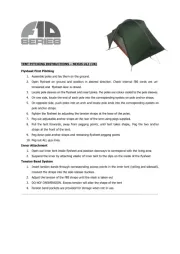
14 Juli 2025
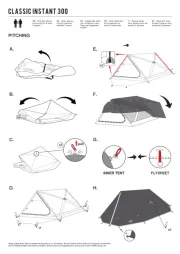
16 April 2025
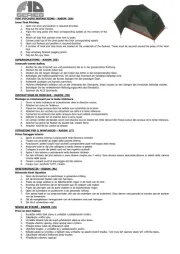
13 April 2025
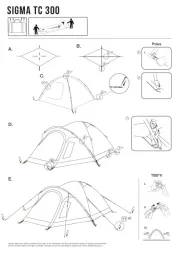
12 April 2025
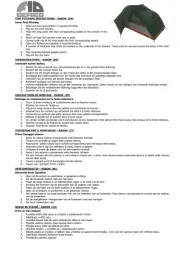
12 April 2025
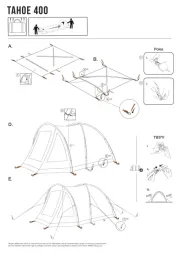
12 April 2025

29 Maart 2025

17 November 2024

17 November 2024

17 November 2024
Handleiding Tent
- Sorara
- Zempire
- Philips
- Weka
- Dwt-Zelte
- Robinhood
- Wynnster
- Obelink
- Vrijbuiter
- Hamron
- Dometic
- Thule
- TOOLPORT
- Woods
- Chinook
Nieuwste handleidingen voor Tent
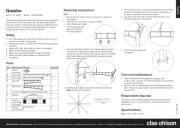
15 Juli 2025
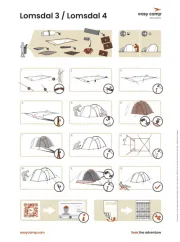
14 Juli 2025
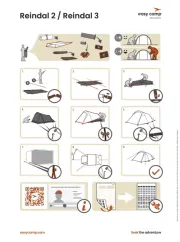
14 Juli 2025
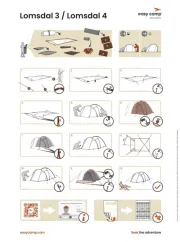
14 Juli 2025

6 Juli 2025
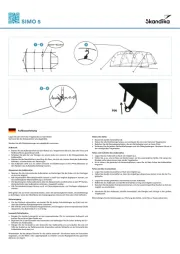
5 Juli 2025
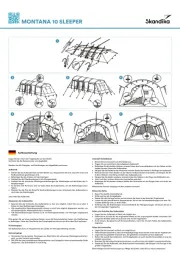
2 Juli 2025
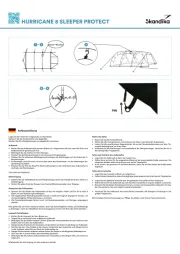
2 Juli 2025
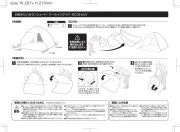
1 Juli 2025
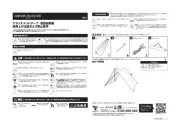
1 Juli 2025